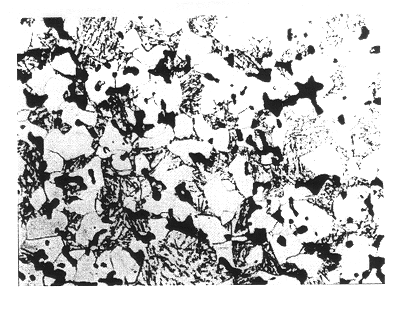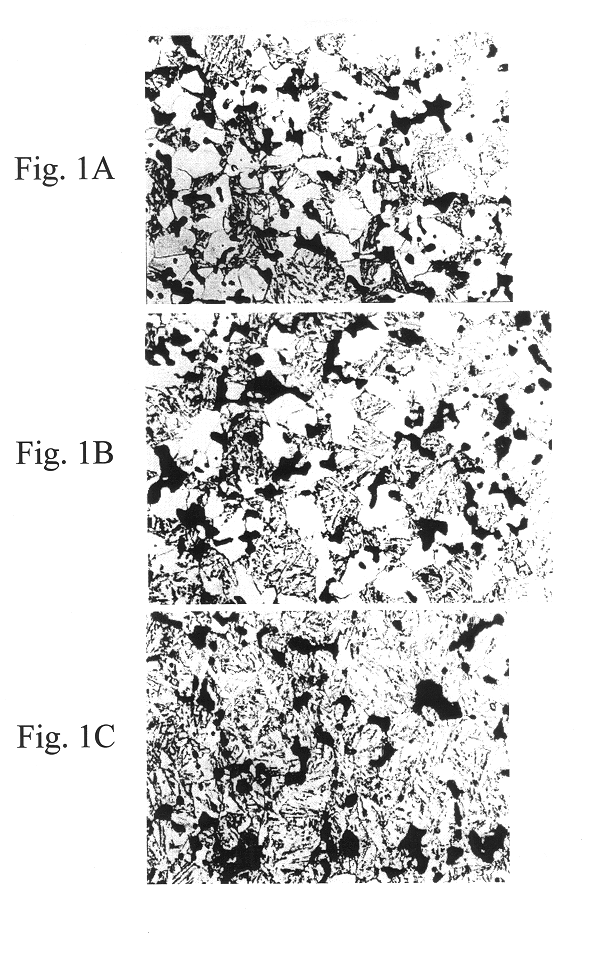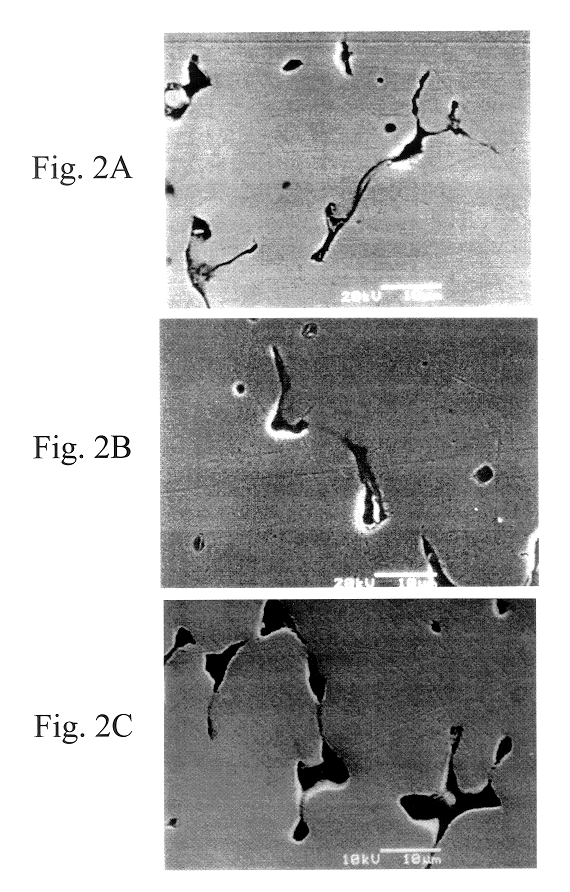Sintered sprocket
a sprocket and sprocket technology, applied in the direction of solid-state diffusion coating, casting apparatus, natural mineral layered products, etc., can solve the problems of low precision of tooth surfaces, relatively high production costs, and low production costs, and achieve the effect of maximally increasing the density of the surfa
- Summary
- Abstract
- Description
- Claims
- Application Information
AI Technical Summary
Benefits of technology
Problems solved by technology
Method used
Image
Examples
Embodiment Construction
In the following, the present invention will be explained in detail by referring to examples according to the present invention.
Powder consisting of Ni powder at 0.5% by volume, Mo powder at 0.5% by volume, graphite powder at 0.3 to 0.6% by volume, and iron powder as the balance, was compacted in a sprocket shape and was then sintered in air at 1150.+-.20.degree. C. for 60 minutes. Next, the sprocket was rolled to a rolling width of 0.09 mm, using a rolling apparatus shown in FIG. 3. In the figures, reference numeral 1 indicates a sprocket, and reference numerals 2 indicate dies. Gear teeth to be equal to those of the sprocket 1 were formed at a periphery of the die 2A. Tooth surfaces of the sprocket were pressed by sandwiching the sprocket 1 between two dies 2 and rotating the dies 2, and the gear teeth were thereby compacted in a specific tooth shape. The term "rolling width" refers to a pressing amount in a perpendicular direction to the tooth surface of the sprocket. With respec...
PUM
| Property | Measurement | Unit |
|---|---|---|
| width | aaaaa | aaaaa |
| width | aaaaa | aaaaa |
| density | aaaaa | aaaaa |
Abstract
Description
Claims
Application Information
 Login to View More
Login to View More - R&D
- Intellectual Property
- Life Sciences
- Materials
- Tech Scout
- Unparalleled Data Quality
- Higher Quality Content
- 60% Fewer Hallucinations
Browse by: Latest US Patents, China's latest patents, Technical Efficacy Thesaurus, Application Domain, Technology Topic, Popular Technical Reports.
© 2025 PatSnap. All rights reserved.Legal|Privacy policy|Modern Slavery Act Transparency Statement|Sitemap|About US| Contact US: help@patsnap.com



